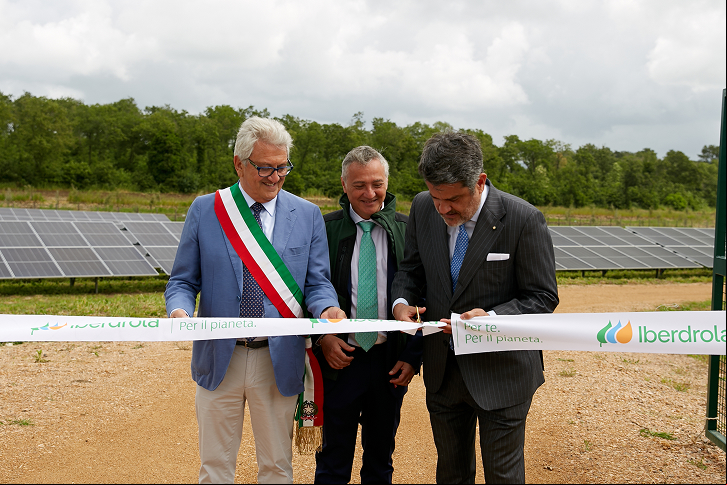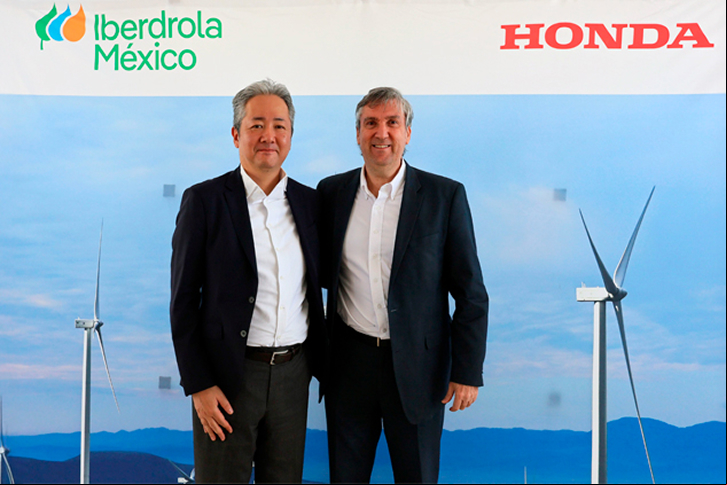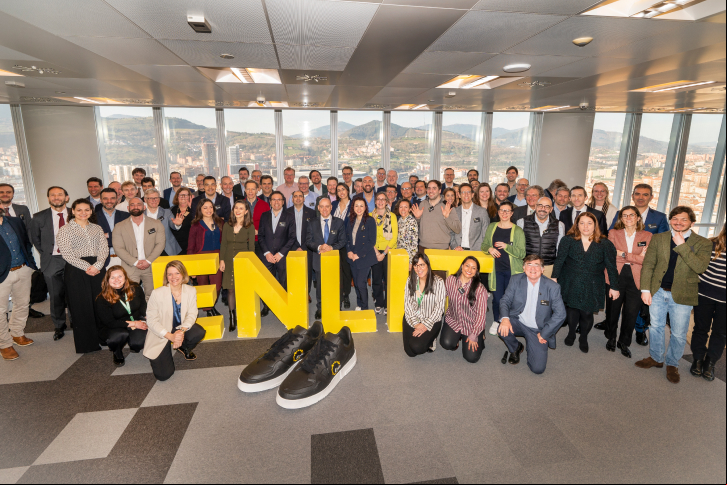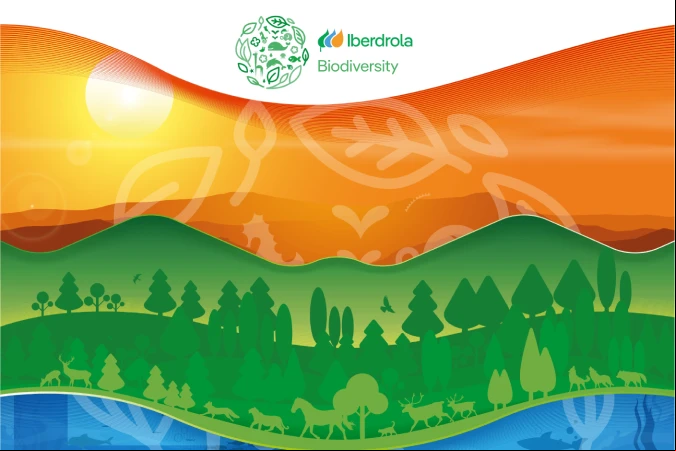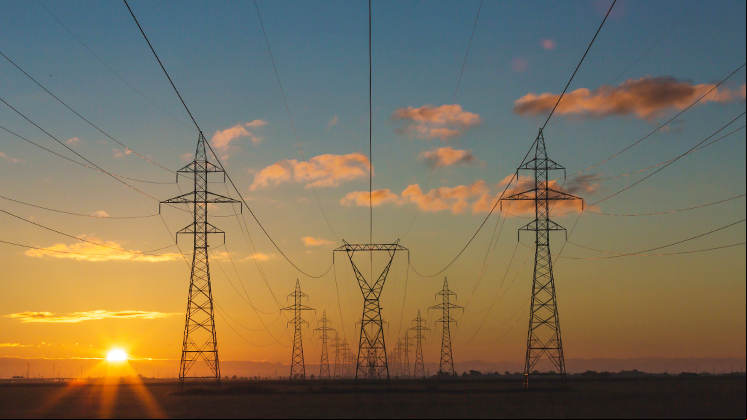-
The importance of the sea ice and its state of health 2x416u
The sea ice is a floating ice sheet that forms in the polar ocean regions. The survival of, for example, polar bears depends primarily on the early formation of this icy surface, as it is here that they hunt. According to satellite observations that began in 1979, the average maximum extent of the Arctic during the months of March is decreasing decade by decade, confirming a worrying trend.
The changing world population and its impact on the future of the planet 21q53
A study published in 2020 by the prestigious journal 'The Lancet' directly contradicted the forecasts being made by the United Nations (UN) about the future population of the world. At the time, the UN was predicting that there would be 11.2 billion people on the planet by the year 2100. 'The Lancet', meanwhile, reasoned that the global population would peak in 2060 and then fall to 8.8 billion by 2100 thanks to improvements in education for women and better access to contraception.
-
Endemic species and their value to biodiversity 1j1f5r
When we talk about endemism, we refer to a species whose geographical range is limited. Endemic animals and plants, whose vulnerability is enormous due to smaller populations, are key to their ecosystems and become a thermometer when it comes to measuring the state of health of a territory. For that reason, their protection from extinction threats is critical.
Bioeconomy: the challenges of a key model for sustainable development 6w505p
In a world threatened by climate change, the drive towards a more environmentally friendly economy is not an option, it is an obligation. To achieve such sustainable development, the bioeconomy, which the FAO defines as "knowledge-based production and the use of biological resources, processes and methods to provide goods and services in a sustainable manner in all economic sectors", becomes essential.
-
Deforestation is alarming the Amazon, how can we stop it? 6k3p1a
Considered the lungs of the world, the Amazon rainforest has lost an area of forest larger than the size of since 1970, according to Greenpeace. Behind this massive disappearance of tropical forest is deforestation, largely caused by man's hand. Here are the worrying facts, the consequences for the planet and mankind, and what solutions are being considered.
What is an electrolyser and why is it key to green hydrogen supply? u3r5n
The electrolyser is an apparatus that produces hydrogen through a chemical process (electrolysis) capable of separating the hydrogen and oxygen molecules of which water is composed using electricity. Hydrogen produced in this sustainable way, i.e. without emitting carbon dioxide into the atmosphere, can be the basis for a decarbonised economy.
-
Space debris: is it time to start taking care of the cosmos? 1z2v3r
Since the beginning of the space era in 1957, tons of rockets, space ships and satellites have been launched into space and, at least initially, no one foresaw what to do with them at the end of their useful life. The European Space Agency (ESA) estimates that there are some 900,000 objects over one centimetre in size that have no use orbiting the Earth. This fact, according to the UN, endangers future missions and even terrestrial communications.
Urban heat islands and their adverse effects on their inhabitants 2i2t5t
Why is it warmer in a large town or city than in a village located only a few miles outside it? The answer lies in what are known as heat islands. This thermal phenomenon, which raises the temperature in urban areas —especially at night—, can be attributed to several factors: elements that give off heat, such as HVAC systems, or the construction materials used, including asphalt. In addition, they exacerbate climate change and negatively affect health.














